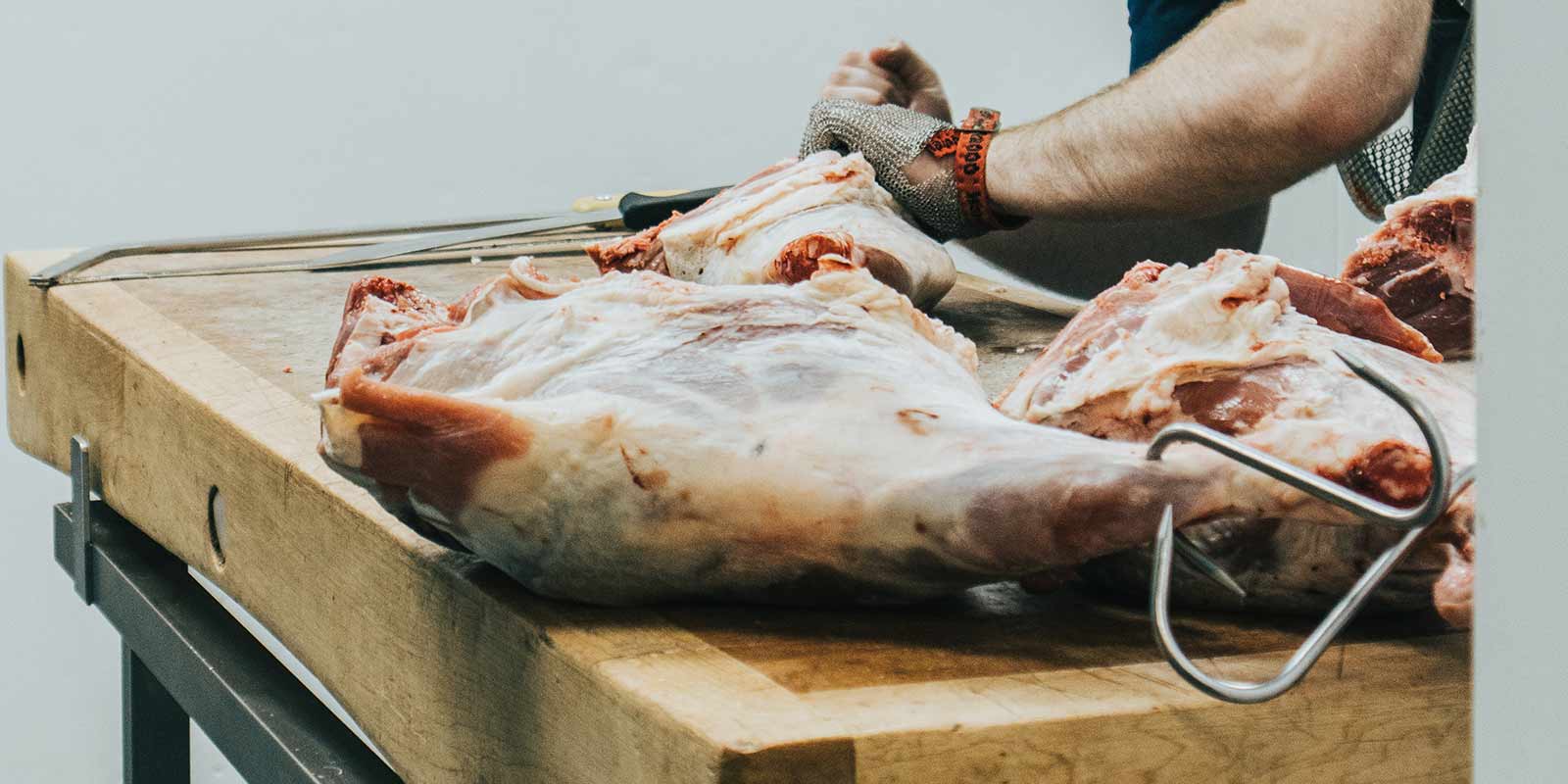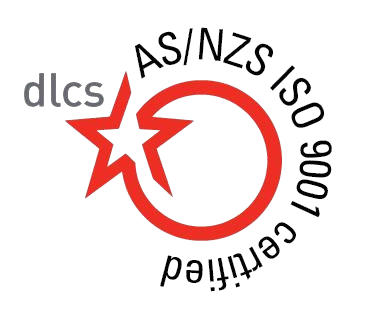Maintaining stringent hygiene standards in food processing facilities is paramount to ensure food safety and prevent contamination. The cleaning process involves multiple stages, each designed to address specific aspects of sanitation.
1. Pre-Wash
Before initiating the cleaning process, it’s essential to prepare the environment and equipment. This includes gathering all necessary cleaning tools and protective gear. Remove any visible debris or scraps from equipment surfaces using hot water. Additionally, empty scrap bins and wipe down facility walls to eliminate potential contaminants.
2. Sweeping
After the pre-wash, sweep the floor to remove loose debris. Collect the debris into a pile for easy removal, ensuring that the floor is free from any particles that could harbor bacteria or other contaminants.
3. Foaming
Apply a food-safe foam cleaning product to walls, floors, and equipment surfaces. The foam should be appropriate for the specific facility and its operations. Allow the foam to sit for the recommended duration to break down grease and other residues effectively.
4. Scrubbing
Thoroughly scrub all surfaces to loosen any remaining food particles. Use appropriate brushes and tools to ensure that all areas, including hard-to-reach spots, are cleaned effectively. This step is crucial for removing stubborn residues that could compromise sanitation.
5. Washing
Rinse all equipment and surfaces with hot water until the water runs clear. This step removes the foam and any loosened debris. After rinsing, use a torch or flashlight to inspect the equipment, ensuring that all traces of food and cleaning agents have been removed.
6. Sanitising
The final step involves applying a sanitising solution to all cleaned surfaces. Ensure complete coverage and adhere to the manufacturer’s guidelines regarding concentration and contact time. After sanitisation, perform ATP or swab testing to confirm that surfaces are free from contaminants.







